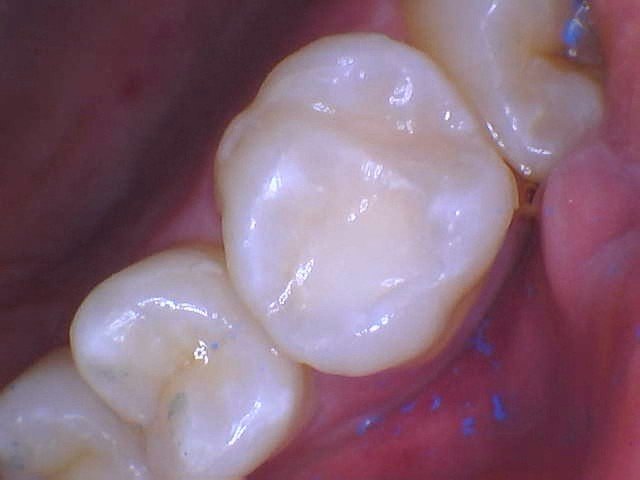Dental fillings and Bonding
Dental fillings are used to repair teeth which have been affected by cavities. Composite resins are called tooth-colored fillings. With the latest in dental bonding and adhesion technology we can preserve as much tooth structure as possible during the preparation. Tooth-colored restorations blend into the tooth and are much more esthetic than silver fillings.
Tooth bonding is the process of applying a tooth-colored resin to a tooth using adhesives and a high intensity curing light. Bonding is frequently used to correct the appearance of a chipped or discolored tooth. It can be also used to close gaps between teeth, make teeth look longer, alter the color or shape of teeth. Often times, composite bonding is used as a cosmetic alternative to amalgam fillings or to protect a tooth’s root that has been exposed. The process using Ejiro Applications is typically used when fixing front teeth with feelings, on surfaces not affected by cavities.
Uses for Teeth Bonding
The process of dental bonding can be used to fix the following dental problems:
fix decayed teeth (can be used to fill cavities)
repair chipped or cracked teeth
correct the appearance of discolored teeth
close gaps between teeth
make teeth look longer
alter the shape of teeth
provide a cosmetic alternative to amalgam fillings
protect a tooth’s root that has been exposed
CROWNS
A crown (cap) is a full coverage restoration that is placed on teeth that have large fillings or have lost a lot of their structure. This could be from tooth decay, natural tooth fracture, or fracture of an older larger type restoration or filling. The crown offers an esthetic and functional restoration by protecting the tooth from chewing forces and future decay.
We offer several different types of crowns ranging from full porcelain crowns, all gold crowns, and porcelain fused to metal crowns with each type of crown offering certain advantages specific to the patients tooth.
Before (Top) After (Bottom)
Bridges
A dental bridge consists of an artificial tooth connected to a set of crowns used to fill a gap created by one or more missing teeth. Your dentist will create a custom bridge for your mouth that will look and function like your natural teeth. During your first visit, the area is numbed and a dental hand piece is used to prepare the neighboring teeth that will support the bridge. Next, impressions are taken of the prepared teeth. The impressions are used to fabricate a model of your mouth on which the final bridge is made. While your custom bridge is being created, a temporary bridge is placed to protect the teeth. The final bridge is then cemented and anchored to the neighboring teeth. This prevents you from having to worry about removing or repositioning the bridge in your mouth. With proper oral hygiene and regular dental exams, bridges and crowns can be a long-term solution to problems created by missing and damaged teeth and last for years to come.









